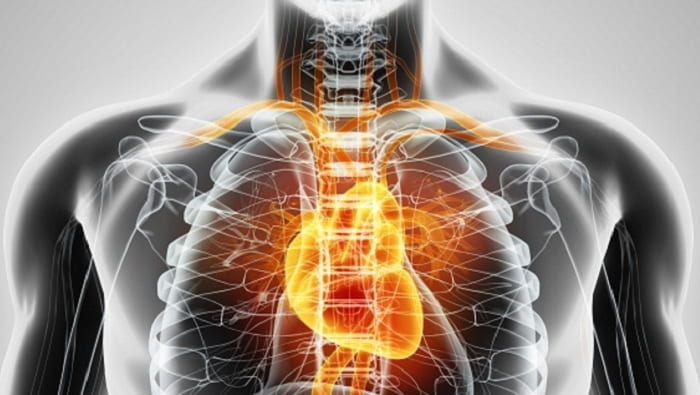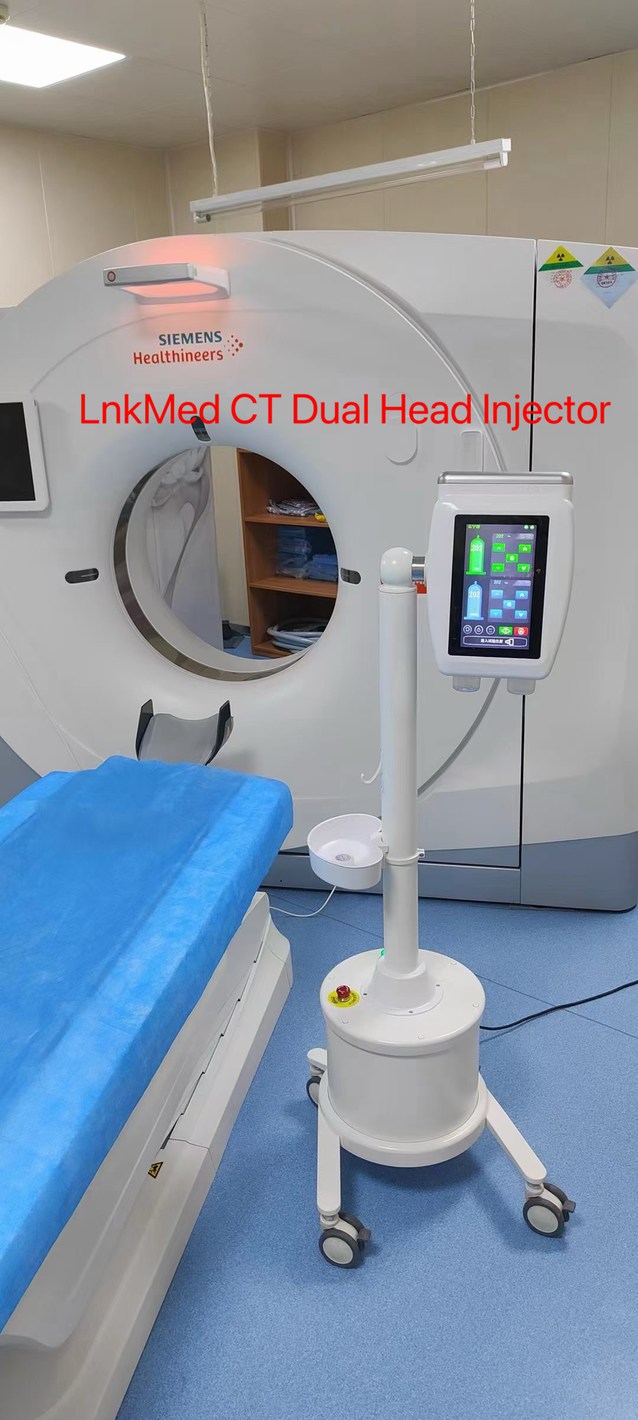In recent years, the incidence of various cardiovascular diseases has increased significantly. We often hear that people around us have undergone cardiac angiography. So, who needs to undergo cardiac angiography?
1. What is cardiac angiography?
Cardiac angiography is performed by puncturing the radial artery at the wrist or the femoral artery at the base of the thigh, sending a catheter to the examination site such as the coronary artery, atrium, or ventricle, and then injecting contrast agent into the catheter so that X-rays can flow the contrast agent along the blood vessels. The condition is displayed to understand the condition of the heart or coronary arteries to diagnose the disease. This is currently a commonly used invasive examination method for the heart.
2. What does a cardiac angiography examination include?
Cardiac angiography includes two aspects. On the one hand, it is coronary angiography. The catheter is placed at the opening of the coronary artery and a contrast agent is injected under X-ray to understand the internal shape of the coronary artery, whether there are stenosis, plaques, developmental abnormalities, etc.
On the other hand, angiography of the atria and ventricles can also be performed to understand the conditions of the atria and ventricles to diagnose dilated cardiomyopathy, unexplained heart enlargement, and valvular heart disease.
3. Under what circumstances is cardiac angiography required?
Cardiac angiography can clarify the severity of the condition, understand the degree of coronary artery stenosis, and provide sufficient basis for subsequent treatment. It is generally applicable to the following situations:
1. Atypical chest pain: such as chest pain syndrome;
2. Typical symptoms of ischemic angina. If angina pectoris, unstable angina pectoris or variant angina pectoris is suspected;
3. Abnormal changes in dynamic electrocardiogram;
4. Unexplained arrhythmia: such as frequent malignant arrhythmia;
5. Unexplained cardiac insufficiency: such as dilated cardiomyopathy;
6. Intracoronary angioplasty: such as laser, etc.;
7. Suspected coronary heart disease; 8. Other cardiac conditions that need to be clarified.
4. What are the risks of cardiac angiography?
Cardiography is generally safe, but because it is an invasive test, there are still some risks:
1. Bleeding or hematoma: Cardiac angiography requires arterial puncture, and local bleeding and puncture point hematoma may occur.
2. Infection: If the operation is improper or the patient himself is at risk of infection, infection may occur.
3. Thrombosis: Due to the need to place a catheter, it may lead to the formation of thrombosis.
4. Arrhythmia: Cardiac angiography may cause arrhythmia, which can be controlled through drug treatment.
5. Allergic reactions: A very small number of people will have allergic reactions to the contrast agent used. Before imaging, the doctor will conduct an allergy test to ensure safety.
5. What should I do if abnormalities are found during cardiac angiography?
Abnormalities found during cardiac angiography can be treated simultaneously if interventional techniques are needed, such as severe coronary artery stenosis, coronary atherosclerotic heart disease, myocardial infarction, etc., which can be treated with coronary stent implantation or coronary artery bypass grafting. , coronary balloon dilatation, etc. for treatment. For those that do not require interventional technology, postoperative drug treatment can be carried out according to the condition.
—————————————————————————————————————————————————————————————————–
As we all know, the development of the medical imaging industry is inseparable from the development of a series of medical equipment – contrast agent injectors and their supporting consumables – that are widely used in this field. In China, which is famous for its manufacturing industry, there are many manufacturers famous at home and abroad for the production of medical imaging equipment, including LnkMed. Since its establishment, LnkMed has been concentrating on the field of high-pressure contrast agent injectors. LnkMed’s engineering team is led by a Ph.D. with more than ten years of experience and is deeply engaged in research and development. Under his guidance, the CT single head injector, CT double head injector, MRI contrast agent injector, and Angiography high-pressure contrast agent injector are designed with these features: the strong and compact body, the convenient and intelligent operation interface, the complete functions, high safety, and durable design. We can also provide syringes and tube sthat are compatible with those famous brands of CT,MRI,DSA injectors With their sincere attitude and professional strength, all employees of LnkMed sincerely invite you to come and explore more markets together.
Post time: Jan-24-2024










